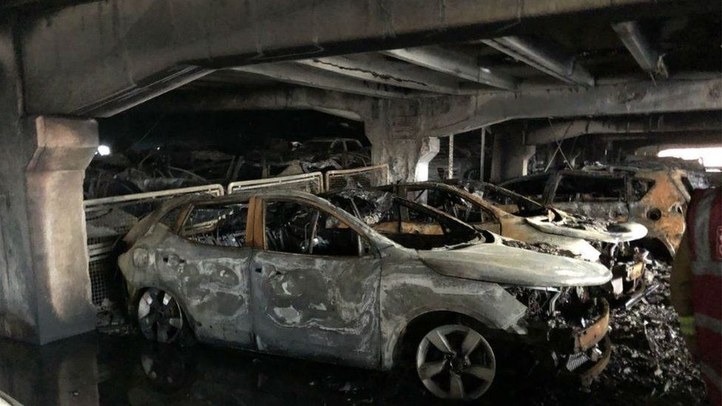Post-fire assessment of concrete structures using vibrational testing and Bayesian updating techniques
Researchers:
- Balša Jovanović
- Ruben Van Coile (supervisor)
- Robby Caspeele (supervisor)
Description:
The importance of sustainability and resilience in the design and assessment of structures has increased significantly over the past years. An adequate and efficient assessment of concrete structures in the wake of adverse events such as fire can help achieve this, by ensuring that refurbishment and demolition are not needlessly pursued, while at the same time not compromising on safety. Current practice is however far from this goal, as the many uncertainties associated with fire exposure and residual mechanical properties are not sufficiently taken into account, and appropriate non-destructive testing mechanisms are lacking. The residual capacity evaluation itself is most often (semi-)qualitative, or makes use of a simplified expression with limited or no consideration of inevitable model uncertainties. Therefore developing advanced numerical models for post-fire assessment and propagating uncertainties is a crucial step towards the more rational assessment of concrete structures. Recently, a novel vibration-based methodology has been developed that is very promising for post-fire assessment as it allows for a detailed assessment of the stiffness of structural elements and it can potentially be used to determine fire-induced damage. In order to rationally incorporate this data in post-fire assessments and overturn drawbacks in current assessment approaches with respect to uncertainties, Bayesian updating techniques coupled with advanced numerical models are used to quantify uncertainties of the post-fire structural resistance.


